Subprime Mortgages: A Cautionary Tale
Understanding Subprime Mortgages
Subprime does not refer to the interest rates of the mortgages. Instead, it refers to the credit score of the individual taking out the mortgage. Borrowers with FICO credit scores below 600 will be limited to few options outside of subprime mortgages. Since the lender views the borrower as having a greater-than-average risk of defaulting on the loan interest rates increase. The lender often charges higher interest rates on subprime mortgages in order to compensate for carrying more risk. 2020 has brought with it record breaking low interest rates. However, those rates are unlikely to be seen with a subprime mortgage. Interest rates on subprime loans are often adjustable-rate mortgages (ARMs). With an ARM the interest rate has potential to continue to increase at specified points in time.
Other than your credit score, the interest rate associated with a subprime mortgage is dependent on several key factors. The size of your down payment will definitely be taken into consideration. The number of late payments on your credit report and the types of those delinquencies will be reviewed as well. Mortgage applicants are typically graded on a scale from A to F. A scores go to potential borrowers with excellent credit. F scores go to those with no represented ability to repay a loan. Prime mortgages go to potential borrowers with A and B scores. Typically, potential borrowers graded between C and F must resign themselves to subprime loans or no loans at all. Furthermore, lenders are not legally obligated to offer you the best available mortgage terms. You may consider applying for a prime mortgage first to verify whether you qualify for a better loan.
2008 Housing Market Crash
Widespread defaults on subprime mortgages are largely credited for being the cause of the 2008 housing market crash. Many borrowers were given what were known as NINJA loans. This is an acronym for the phrase “no income, no job, and no assets.” Ninja loans were often issued without a down payment requirement. Also, proof of income was not required and often just estimated. A potential borrower was able to state that they earned a certain amount of income per year. Documentation was not required in order to prove their claim.
This type of subprime loan meant borrowers were taking out loans for homes they could not afford from the beginning. Then, as the housing market declined and home values decreased, borrowers owed more on home than they were worth. Additionally, the interest rates associated with these loans were considered “teaser rates.” They were variable interest rate loans. The interest rates started low and increased over time. For most, this made paying down the principal on their home loan difficult if not impossible. Unfortunately, this caused a great number of borrowers to default on their loans and face further financial hardships.
Final Thoughts
Subprime loans come with great risk. Yes, interest rates are incredibly low right now making home purchases very appealing. However, with a subprime loan you are unlikely to benefit from these rates. If your credit scores are low you will benefit from waiting for a period of time and building up your credit history. Building your credit before applying for a mortgage may help you qualify for a much better loan. This is why it is important to speak to a mortgage broker several months before you think about buying a home. You need to make sure you get yourself in a financial position to get the best loan possible. Subprime loans are not your only option. Our team at Peoples Choice Mortgage can guide you through the loan process and find the right loan for you.

